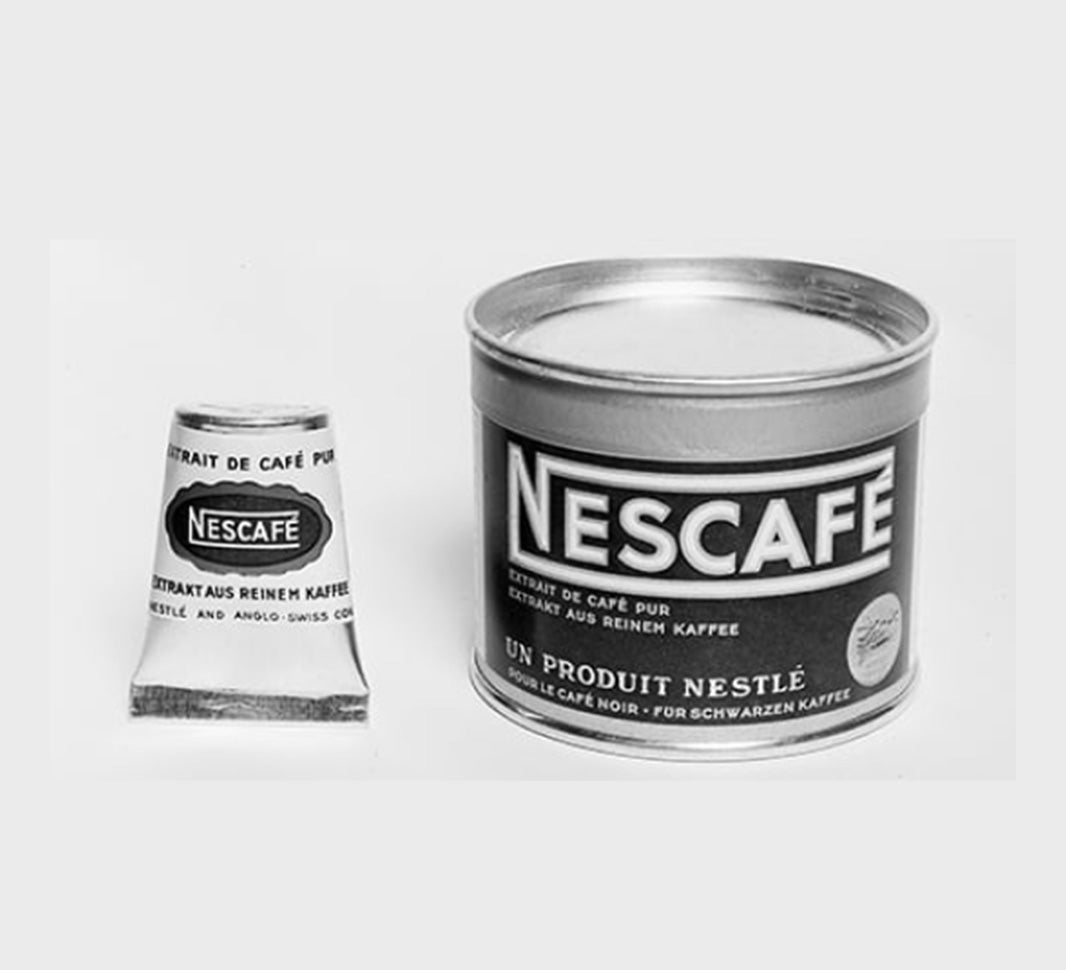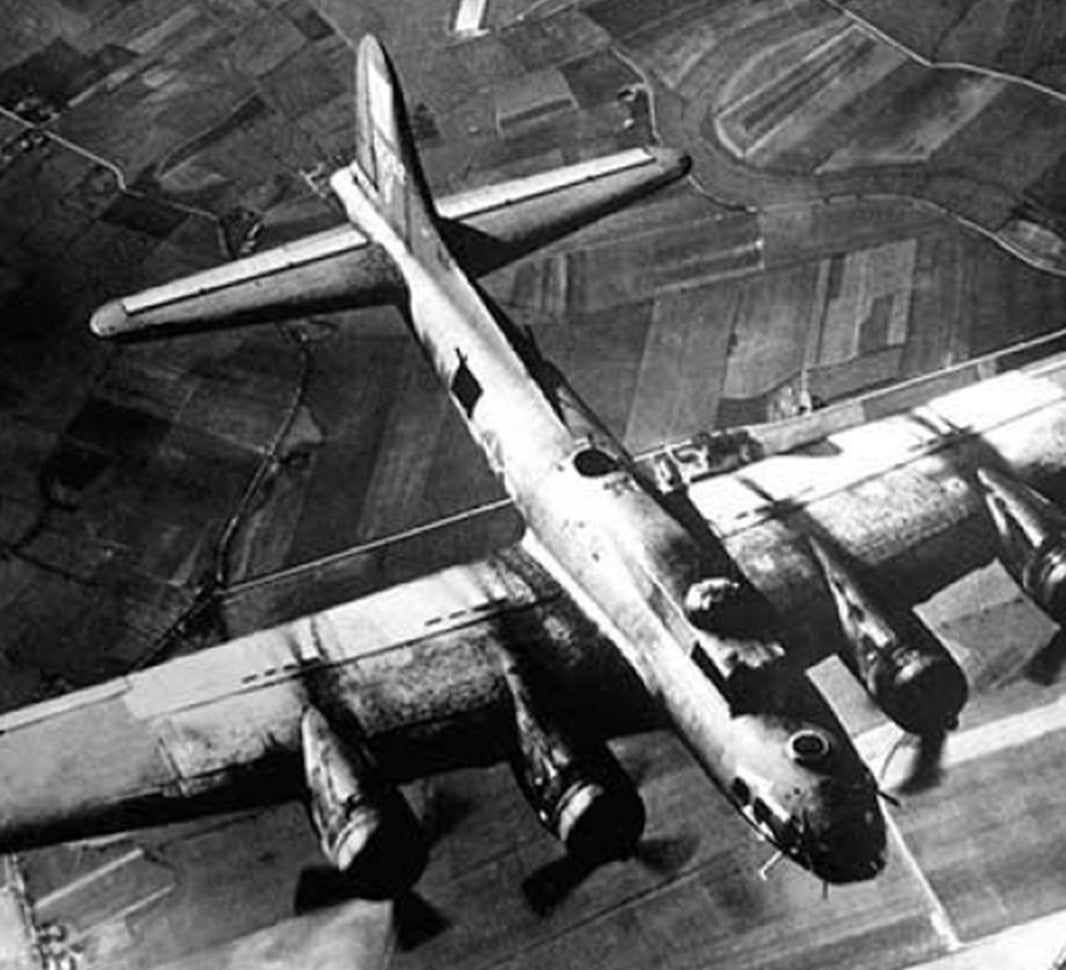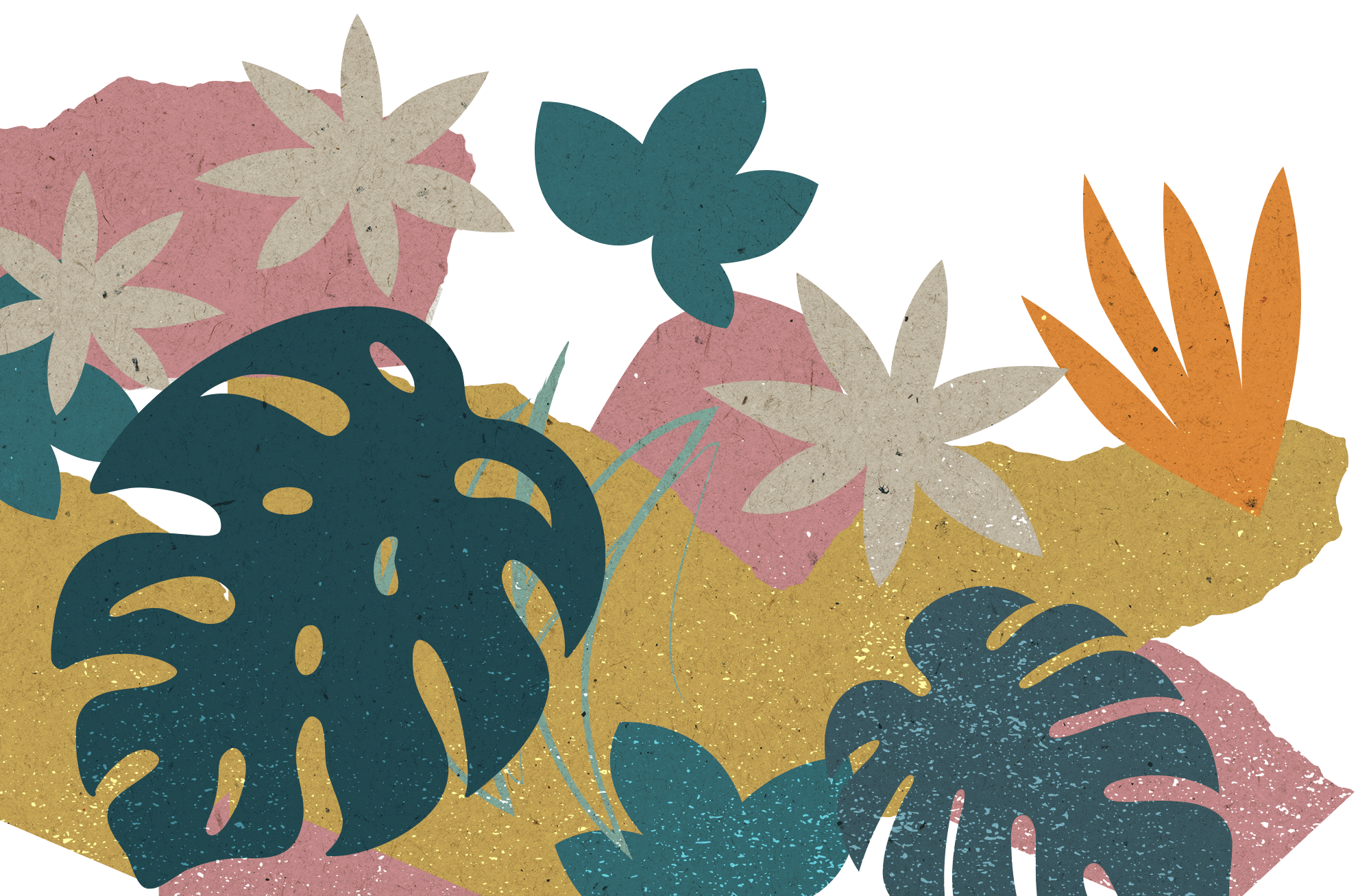The idea of instant coffee
The story begins in 1929, when Louis Dapples, Chairman of the Board of Directors of Nestlé received a very special request from Brazil. In order to combat the enormous coffee surplus in the country, it was proposed that Nestlé create a coffee product that was quick to make and also reduced the amount of unnecessary waste from Brazil's coffee bean harvests.
Initially, the idea was to manufacture a cube-shaped coffee tablet, one that simply needed hot water added for an instant brew. However, after a significant amount of research, the iconic flavour couldn’t be retained, meaning the tablet format wasn’t viable. With this idea ruled out, the chemist Max Morgenthaler went back to the drawing board.

The NESCAFÉ® brand is born

In the early 2000s, NESCAFÉ® began a journey to be one of the most sustainable coffee brands in the world, leading to the launch of Fairtrade certified NESCAFÉ® Partners Blend in 2005 - a world first.

World War II brought a different battle

Rise of competitors

Refining the product
The 1960s was another key turning point in the history of NESCAFÉ®, beginning with the decade's economic boom that saw refined manufacturing processes being introduced. Then in 1962 the original tin was done away with, opting for the more sophisticated glass jar seen today. The second half of the 60s was full of new developments too, with NESCAFÉ® GOLD being released in Europe in 1965; a delicious product that won over an even greater number of coffee drinkers. Then in 1966, the formula evolved from powder to granules, and 1967 brought the introduction of NESCAFÉ®’s iconic red mug.
Since the turn of the century NESCAFÉ® has been busy ensuring its coffee is produced in the most sustainable way possible. The brand is on a journey to 2030 when it aims achieve 100% responsibly sourced coffee and 50% sourced from regenerative agricultural methods.

Today’s community favourites




